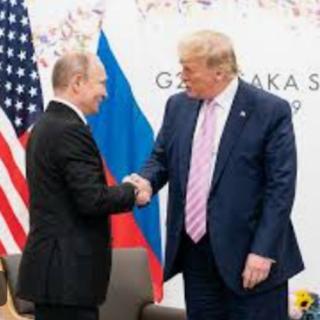Advertisement
In the outpouring of reporting and opinion writing about today’s unprecedented campaigns for unconstitutional book banning and suppression of free speech, on the one hand, and locally-rooted, one shop at a time, unionization drives, on the other hand, a fundamental common element is not acknowledged. Resistance to book bans and censorship of curriculum and reading materials in classrooms and libraries, and efforts to unionize are most often locally-based among groups and individuals whose interests often align.
Their connections on multiple levels are seldom recognized. Despite the continuing lack of communication and coordination, the terrain of single institutions includes campaigns to organize graduate students, undergraduate student workers, faculty, staff, and librarians, and also local bookstore employees. They strikingly overlap. They cry for connections and commonality: genuine coalitions crossing vertical and horizontal spaces. Local and state activists tell me about much more inter-union and intra-institutional cooperation than the media report. (Thanks to Matt Ides and Thomas Johnson for comments on their relevant experiences over many years.)
The reasons for the disconnections range from the hierarchical to the historical. Chief among them are poor communications, including lack of media coverage; disinterest and sometimes resistance from national professional organizations and larger unions themselves; faculty groups on a number of campuses uninterested in working jointly with students or staff; administrative resistance; and of course parallel corporate legal and illegal obstruction.
For one major unintended illustration of my points, see the selective, limited actions of the American Library Association’s “‘Unite Against Book Bans’ Campaign.” The greatest number of signatories in this “coalition” is for-profit book publishers. Teachers, professors, civil rights, and free speech groups are underrepresented. The ALA does not support librarians’ organizing, not even the brave Texas A&M University librarians’ current efforts.
Despite a still small number of exceptions at both public and private universities, not only do professors and Ph.Ds. more generally resist organization and unionization as inappropriate and beneath their stature. They have been loathe to recognize shared interest and link arms with staff and students. The recent rhetorical bond between the American Association of University Professors and American Federation of Teachers (but not National Education Association) symbolizes the past and may foretell a small crack in the dam. This is why I did not join the AAUP until after my retirement and only then at the personal urging of local and state chapter ex-presidents and the staff of the national editorial office with whom I was already working.
Despite basic issues and needs in common, and grounds for sympathy and support, the national organizations of education-related groups and the locals now actively organizing are unconnected both rhetorically and in actions on the ground. Not surprisingly but unnecessarily, they are even more separate from organizing efforts of local Starbucks, Amazon, and civic workers.
When examined closely, compelling matters of constitutional rights inseparably intertwine individuals and groups who oppose book bans and restricted curricula and instruction; with graduate and undergraduate students, faculty, staff; and also shift workers in government and private employment. Actual and potential activity simmers and sometimes boils over at the local level.
Constitutional, educational, humanitarian, and economic issues link the first set of people most directly. But these connections are shared more widely. Unfortunately, these commonalities appear more often in side-by-side reports in print columns or online air than in the advocacy or actions of national institutions and organizations. They range from education and library associations to the largest national unions. Consider the American Association of University Professors and American Federation of Teachers (despite their joint advocacy), National Educational Association, American Library Association, Freedom to Read Foundation, PEN America, and the American Civil Liberties Union.
This often jarring gap between the local and the larger is a sign of our difficult times, for better and for worse. It underscores the disjunctions of democracy under attack in its defensive modes. Local autonomy with the danger of anarchism exemplifies the contradictory promise and limits of localism vs. national organization and movements for widespread equality.
It is also a fascinating (if inexact) repetition of historical battles for free speech over centuries but especially in the late nineteenth and early twentieth century, and to a lesser extent in 1940s United States. Especially at the first time, union drives and unprecedented strikes from mill to mill rocked the nation. At the same time, the AAUP was fighting for recognition. Within limits and for decades, both triumphed. But both struggle for survival and power. The two have never come together.
What will the 2020s bring? Can we learn from the unrecognized common pasts? Can we communicate, cooperate, and collaborate to unprecedented degrees? Will the national organizations step up? Will state and federal governments? The Democratic Party? The stakes are greater than ever before. Both today’s threats and opportunities are unprecedented.
------------------------------------------
Harvey J. Graff is Professor Emeritus of English and History and Ohio Eminent Scholar at The Ohio State University. He is the author of many books on social history. His Searching for Literacy: The Social and Intellectual Origins of Literacy Studies is published in August 2022. My Life with Literacy: The Continuing Education of a Historian is forthcoming. His essays appear in Inside Higher Education, Times Higher Education, Washington Monthly, Academe, Publishers Weekly, Against the Current, Columbus Free Press, and other outlets. Specialties include the history and present condition of literacy and education including higher education, children and families, cities, interdisciplinarity, and contemporary politics, culture, and society.



